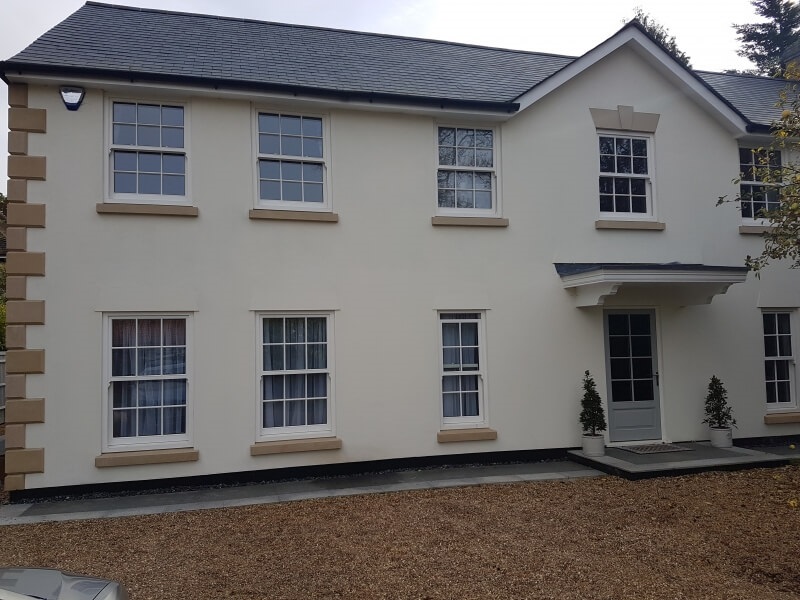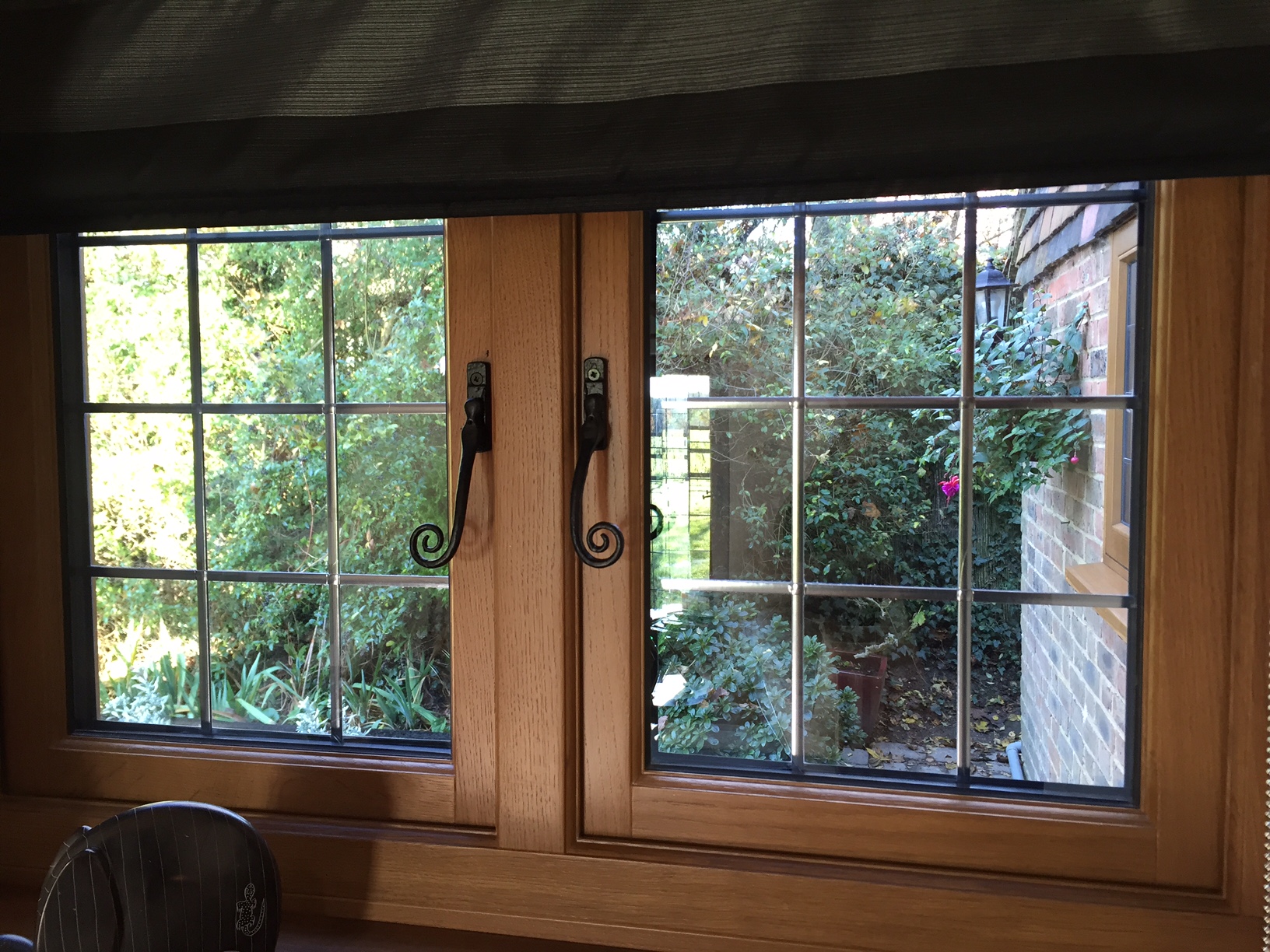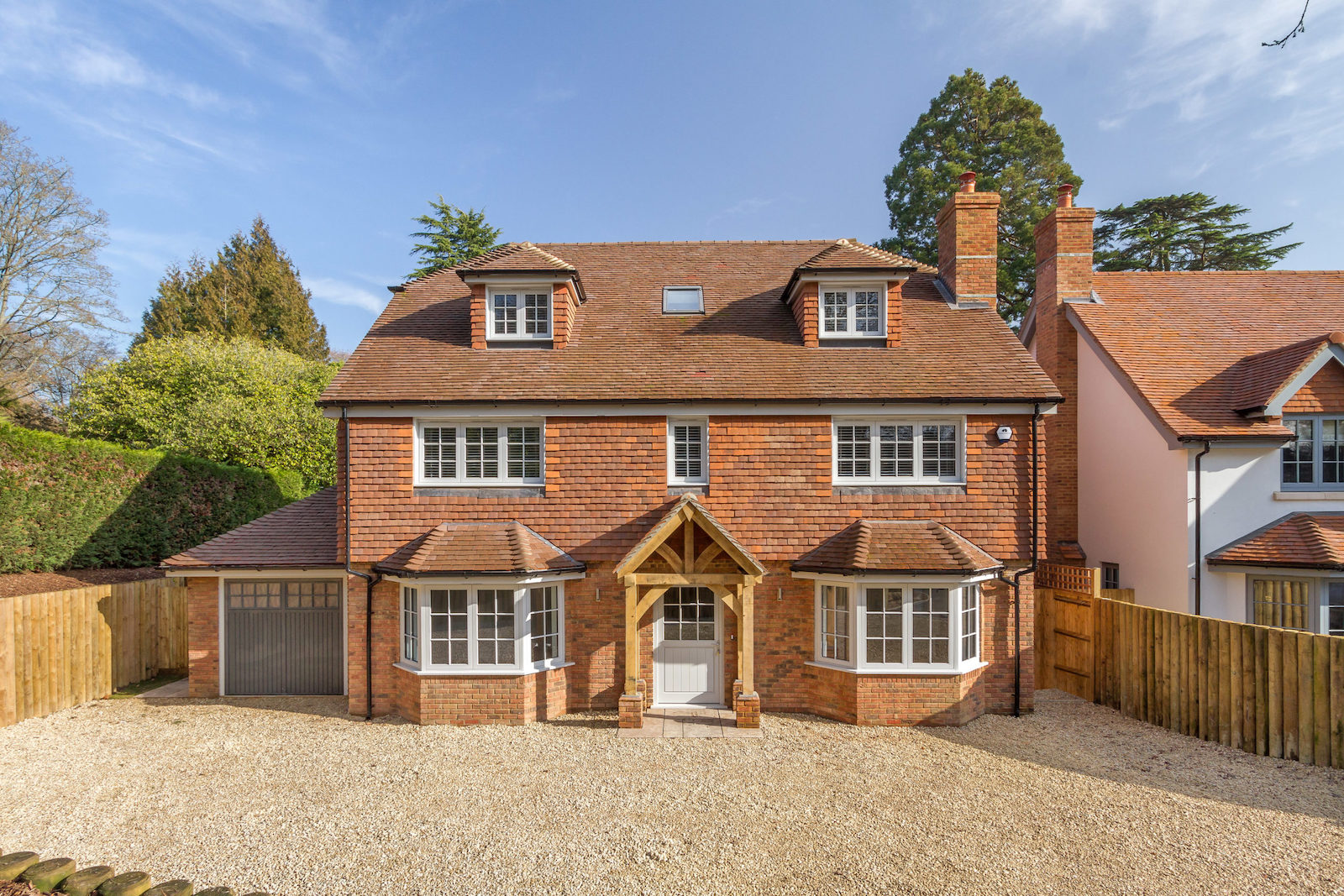If you’re thinking about upgrading your home’s windows, energy efficiency is likely at the top of your priorities list. And rightly so, inefficient windows can account for a large amount of residential heating and cooling energy use. If you’re exploring your options, you’ve probably wondered whether energy efficient timber windows can genuinely reduce your energy bills while adding character to your home.
The short answer? Absolutely. Modern timber windows combine time-honoured craftsmanship with contemporary technology to deliver exceptional thermal performance. In this blog, we’ll explore exactly how timber windows stack up against other materials, what makes them so energy efficient, and how to choose the right timber glazing solution for your property.
Understanding Energy Efficiency in Timber Windows

The Natural Insulating Properties of Wood
Timber possesses inherent thermal properties that make it an outstanding choice for energy efficient windows. Unlike metal, which conducts heat rapidly, wood is a natural insulator with low thermal conductivity. This means timber frames naturally resist heat transfer between the inside and outside of your home.
The cellular structure of timber creates tiny air pockets throughout the material, which further enhances its insulating capabilities. This isn’t something engineered into the product, it’s simply how wood naturally performs, making timber windows an inherently energy-efficient solution.
How Modern Timber Windows Achieve Superior Thermal Performance
While timber’s natural properties provide an excellent foundation, modern timber double glazing takes energy efficiency to another level through engineered design and precision manufacturing.
Contemporary timber flush casement windows and timber sliding sash windows incorporate several features that dramatically improve their thermal performance:
- Advanced glazing units — Double or triple glazed units with low-emissivity (Low-E) coatings and inert gas fills (typically argon) create insulating barriers that significantly reduce heat loss
- Weather-tight seals — High-quality draught-proofing systems eliminate air infiltration, which is often the biggest culprit behind energy loss in older windows
- Precision joinery — Computer-aided manufacturing ensures tight tolerances and perfect fits, leaving no gaps for draughts to penetrate
At Country Hardwood, we’ve refined these elements over more than a decade of crafting bespoke timber windows. Our manufacturing process ensures every window delivers optimal thermal performance while maintaining the aesthetic qualities that make timber so desirable.
Timber vs uPVC vs Aluminium: An Energy Efficiency Comparison

Understanding U-Values
Before we compare materials, it’s helpful to understand U-values. The U-value measures how much heat transfers through a window, the lower the number, the better the insulation. Current UK Building Regulations require replacement windows to achieve a U-value of 1.4 W/m²K or lower, though many homeowners seek even better performance.
How Timber Stacks Up Against Alternative Materials
Timber Windows
Modern timber windows typically achieve U-values between 1.0 and 1.4 W/m²K, easily meeting and often exceeding building regulations. Premium timber windows with triple glazing can achieve U-values as low as 0.8 W/m²K, placing them amongst the most thermally efficient window options available.
Beyond the numbers, timber offers consistent performance across the entire frame. There are no cold spots or thermal bridges that can occur with metal frames, ensuring uniform insulation across the window structure.
uPVC Windows
uPVC windows generally achieve similar U-values to timber, ranging from 1.2 to 1.4 W/m²K. While the thermal performance on paper appears comparable, uPVC frames typically require steel reinforcement for larger windows, which can create thermal bridges and reduce overall efficiency.
Additionally, uPVC degrades over time when exposed to UV radiation, potentially affecting seal integrity and long-term performance. Replacement is typically necessary after 20-25 years, whereas properly maintained timber windows can last centuries.
Aluminium Windows
Traditional aluminium windows suffered from poor thermal performance due to the material’s high conductivity. Modern aluminium windows incorporate thermal breaks, insulating barriers within the frame, to address this issue, achieving U-values around 1.4 W/m²K.
However, even with thermal breaks, aluminium generally provides the least effective insulation of the three materials. The metal conducts cold, creating condensation risks and requiring larger, more expensive glazing units to compensate for the frame’s poor thermal performance.
The Winner for Overall Energy Efficiency?

When considering the entire lifecycle, timber windows emerge as the most energy-efficient choice. They combine excellent thermal performance with durability, repairability, and sustainability, factors that contribute to long-term energy efficiency beyond just the U-value measurement.
Timber’s natural insulating properties mean it performs consistently well in all weather conditions without degrading over time. Unlike uPVC, which becomes brittle, or aluminium, which may experience thermal break failures, timber maintains its structural integrity and thermal performance for generations when properly maintained.
As you can see, timber windows are an extremely energy efficient window option. They are high performing, long lasting and aesthetically attractive making them an excellent choice for any home improvement project.
If you’re thinking about replacing your windows, then Country Hardwood can help. To find out more about our range of timber windows get in touch today. You can call us on 01296 714 314 or send us a message online and we’ll get back to you as quickly as possible.
